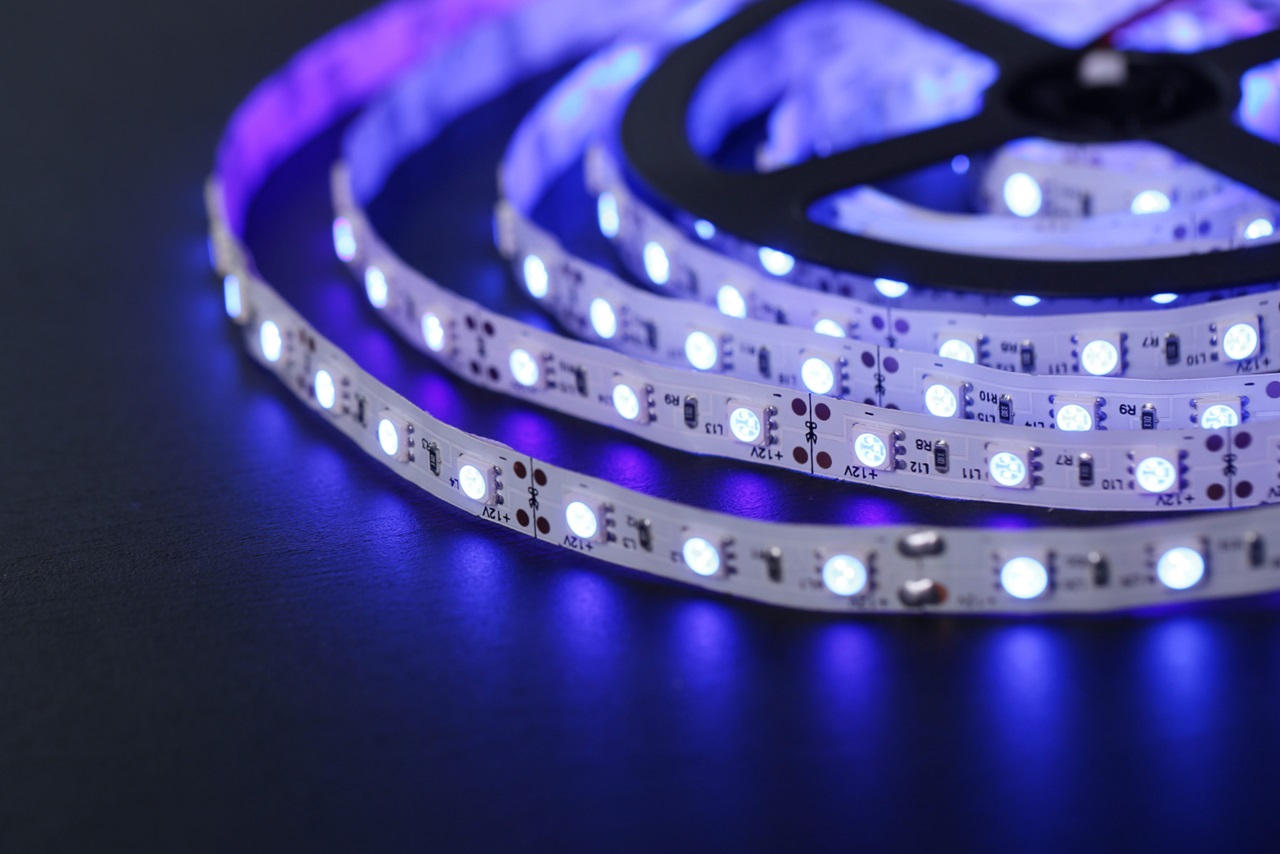DIY Circuits for Everyday Use: Practical Projects You’ll Love
Electronics doesn’t have to be all wires and technical jargon—it can be incredibly practical, even in your day-to-day life. With a little creativity and a few basic components, you can build circuits that solve everyday problems, make life more convenient, or simply add a fun, personalized touch to your home.
In this post, I’ll share some exciting DIY circuit projects that are both useful and fun to create. Whether you’re a beginner looking for easy wins or an intermediate tinkerer ready to flex your skills, these ideas will inspire you to put your knowledge to work in practical ways.
1. A Motion-Activated Night Light
Why It’s Useful:
Have you ever stumbled out of bed at night and tripped over something in the dark? A motion-activated night light can guide your way without fumbling for a switch.
What You’ll Need:
- PIR motion sensor
- LED strip or bulb
- Resistor
- Battery pack or USB power source
- Breadboard and jumper wires
How It Works:
The motion sensor detects movement and triggers the LED to light up. It’s simple, energy-efficient, and can be customized to turn off after a set time.
Personal Note:
I made one of these for the hallway outside my bedroom, and it’s been a game-changer. No more stubbed toes during midnight snack runs!
2. A DIY Phone Charger
Why It’s Useful:
Forget your phone charger at home? No problem! With this DIY circuit, you can build a compact charger using basic components.
What You’ll Need:
- 5V voltage regulator (e.g., LM7805)
- USB connector
- Resistors and capacitors
- Battery pack (9V or AA batteries)
- Small project box
How It Works:
The voltage regulator ensures your phone receives the right amount of power while the USB connector serves as the output port. It’s a perfect portable solution for emergencies.
Pro Tip:
Make sure to test the voltage with a multimeter before connecting it to your phone to avoid damage.
Anecdote:
This project came in handy during a camping trip when my power bank died. My DIY charger saved the day, keeping my phone alive for navigation and photos!
3. A Simple Plant Watering Alarm
Why It’s Useful:
If you’re a plant parent who struggles to remember watering schedules, this project will save you—and your plants.
What You’ll Need:
- Soil moisture sensor
- Buzzer or LED
- Microcontroller (e.g., Arduino)
- Resistors and wires
How It Works:
The sensor checks the soil’s moisture level. When it drops below a set threshold, the buzzer sounds or the LED lights up to remind you it’s time to water.
Personal Note:
I made one of these for my basil plant, and it’s been thriving ever since. My forgetful self no longer kills plants accidentally!
4. A Home Security Alarm
Why It’s Useful:
Keep your home safer with a simple DIY alarm system that’s both effective and easy to build.
What You’ll Need:
- Magnetic reed switch (door/window sensor)
- Buzzer or alarm
- Battery pack
- Wires and breadboard
How It Works:
Attach the reed switch to a door or window. When it’s opened, the circuit triggers the buzzer. You can place these on multiple entry points for peace of mind.
Pro Tip:
For a more advanced setup, connect the system to a microcontroller like Arduino to send notifications to your phone.
Anecdote:
I installed this on my garage door after a neighbor had a break-in. It’s reassuring to know I have an extra layer of security, and the project cost less than $15!
5. A Temperature-Controlled Fan
Why It’s Useful:
Stop manually turning your fan on and off. This DIY project lets you automate the process based on room temperature.
What You’ll Need:
- Temperature sensor (e.g., LM35)
- Relay module
- Fan
- Microcontroller (e.g., Arduino)
- Wires and breadboard
How It Works:
The temperature sensor monitors the room’s heat levels. When it exceeds a certain threshold, the microcontroller activates the fan using the relay.
Personal Note:
I set one up in my home office, and it’s been a lifesaver during summer. Now, I don’t have to sweat through meetings or forget to turn off the fan when I leave.
6. A DIY Doorbell with Custom Sounds
Why It’s Useful:
Replace your boring doorbell with one that plays your favorite tunes or even a personalized message.
What You’ll Need:
- Push button
- Speaker
- Microcontroller with audio playback capability (e.g., Raspberry Pi or ESP32)
- SD card for storing audio files
How It Works:
When the button is pressed, the microcontroller plays a preloaded sound file. You can change the sounds seasonally—think holiday jingles in December or spooky tunes for Halloween!
Pro Tip:
Make the project wireless with a Bluetooth module for extra convenience.
Anecdote:
I installed one at home, and now my guests are greeted with cheerful “Welcome!” audio clips. It’s always a hit during gatherings.
Tips for DIY Circuit Success
- Start Small: If you’re new to DIY circuits, begin with simple projects like LED blinkers or buzzers.
- Organize Your Workspace: A clutter-free area reduces the risk of losing components or making mistakes.
- Practice Soldering: Clean, strong solder joints are crucial for reliable circuits. Practice on spare parts before working on your project.
- Learn to Debug: If your circuit doesn’t work, break it into smaller parts and test each section with a multimeter.
- Get Creative: Once you’ve mastered the basics, modify your projects to better suit your needs or aesthetic preferences.
Why DIY Circuits Are Worth It
Practical DIY circuits don’t just teach you valuable skills—they make your life easier and more fun. The pride of creating something functional with your own hands is unmatched. Plus, these projects can save money, reduce waste, and even inspire others in your household to get involved.
I’ve personally seen how impactful these small creations can be. From helping me keep my plants alive to making my home more secure, DIY circuits have become an integral part of my life.
Final Thoughts
Electronics doesn’t have to be confined to hobby projects—it can make a tangible difference in your everyday life. Whether you’re building a motion-activated light, an automated fan, or a custom doorbell, each project is an opportunity to learn, create, and improve your surroundings.
So, what are you waiting for? Grab your tools, pick a project, and start tinkering. The solutions you build today might just become the conveniences you can’t live without tomorrow.
Happy building!




Post Comment